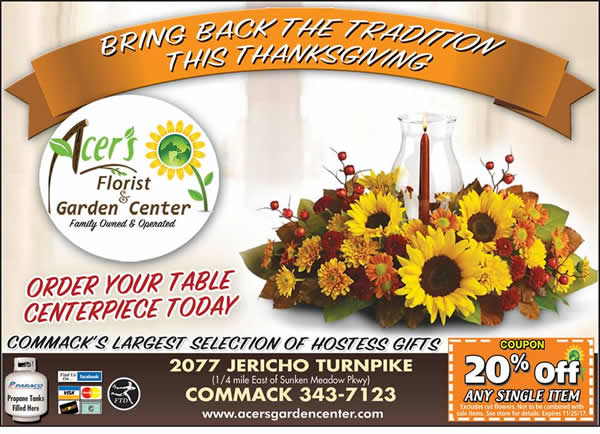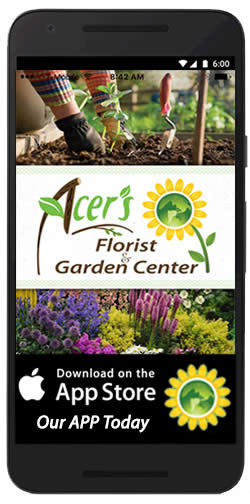
By Tamara Galbraith
It's not the heat...it's the humidity. You've heard it a thousand times, right? But for plants brought inside for the winter, the saying is especially true.
Most plants thrive in 80% relative humidity. The average home's winter humidity level is a pretty desert-like 20-60%. So you know plants are suffering. Fortunately, there are some easy ways to raise humidity around your plants.
Humidifiers are wonderful additions to any household, and a benefit to humans as well as plants. There are both cold mist and heating humidifiers, and they work as their name implies: one sends a cool mist into the atmosphere, while the other heats the water and shoots warm vapor into the air...an especially nice treat for both tropical plants and folks suffering with the flu.
One of the most popular methods is to use a pebble tray. Fill a drainage saucer with small pebbles or rocks. Fill the saucer with water to just below the top of the rocks. Put your container on top. Over time, the water will evaporate and increase the humidity around the plant. You can also group plants closely together to build up the humidity in one area.
Two big don'ts: Don't place plants near outside doors where they will get frequent blasts of chilly air, and don't place them near furnace output vents, where they will dry out faster than you can say "Mojave Desert."
Click to print this article.

One needn't be a professional gardener to appreciate a houseful of greenery. In fact, most of us are stumbling along, learning a bit more each day about the plants with which we share our lives. And in return for the pleasure of form and color they add to our living environments, not to mention the fresh oxygen they release into the air, we often are too eager to reciprocate by over-tending them.
Root rot in houseplants is most commonly caused by over-watering. When a plant wilts, our first instinct is to water it, but if it does not respond to watering, and the lower leaves begin to yellow and drop, these are sure signs of root rot. The roots need both water and oxygen, and if they are given too much water, the oxygen cannot reach the root.
When first choosing your new plant, pick one with a healthy green color and which shows signs of new growth. Check the bottom of the pot to ensure that the plant is not root bound, and avoid plants with white or brown lumps on the leaves or stems.
There is no one way to water all plants. Succulents have fleshy leaves and stems that enable them to store water, while plants with large or very thin leaves usually require more frequent watering.
If you're planting in clay pots, remember that they are more porous, thus water evaporates rapidly from the sides. Plants placed in glazed or plastic pots will require less water. Plants in warm, dry, sunny locations need more frequent watering than those in cool, low-light environments.
A large plant in a small pot needs more water than a small plant in a large pot. And after rewarding you with a flush of flowering, plants may slow in growth and become dormant, hence needing less water.
Here's an easy way to tell if your houseplants are thirsty; insert your finger into the soil up to the first joint--if it is dry, time to water. Rap your knuckles against the side of the pot; if the sound is dull, the soil is moist; if the sound is hollow, time to water.
Look closely at the soil of your plant; if it is lightening in color, time to water. And lift up the pot; as the potting mixture dries, the plant lightens in weight.
Of course, choosing easy-to-care plants is the most efficacious manner of filling your home with the outdoors. We have a variety of easy-to-care-for plants that are wildly different visually, but which all provide the sense of nature that we strive for when filling our homes with plants.
Click to print this article.
















